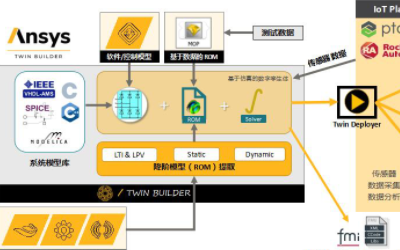Global smartphones see smallest growth in first quarter
The shipments of smartphones worldwide in the first quarter marked the smallest year-on-year growth on record, and Chinese smartphone makers Oppo Electronics Corp and Vivo Mobile Communication Technology Co Ltd pushed out previous fourth and fifth place players Lenovo Group Ltd and Xiaomi Corp, a report said.
According to a report released by the research company International Data Corporation, vendors shipped a total of 334.9 million smartphones worldwide in the first quarter of this year, up slightly from the 334.3 million units in the same period last year.
The minimal growth this quarter is primarily attributed to strong smartphone saturation in developed markets, as well as a year-on-year decline from two market leaders Apple Inc and Samsung Electronics Co Ltd, the report said.
Samsung remained the leader in the worldwide market despite its shipments falling to 81.9 million in the first quarter from 82.4 million in the same period last year, a year-on-year decline of 0.6 percent.
Despite the slight decline, the new Galaxy S7 and S7 edge sold vigorously in March and was helped by numerous enticing carrier promotions to help push volume.
Apple saw its shipment volume drop to 51.2 million in the first quarter, down 16.3 percent from last year, and its market share fell by three percent to 15.3 percent.
"The slowing sales growth from Apple and Samsung lies in the fact that the market was almost saturated, especially in China, and their products became less innovative, lacking new functions and applications," said Zhu Dalin, an analyst at Beijing-based Internet consultancy Analysys International.
In contrast, smaller local vendors such as Vivo and Oppo, are targeting the youth market that has not been fully explored, not only in China, but also in other emerging markets including India. By offering cost-effective products that appeal to the younger generation, they have an edge over global giants, said Zhu.
Oppo's 18.5 million shipments represented 153.2 percent year-on-year growth, the strongest among the top five, with its market share rising by 3.3 percentage points year-on-year to 5.5 percent.
Its expansion in the domestic market has been via offline channels and a strong push to lower-tier cities. Moreover, it focuses on the global market, expanding its business throughout Southeast Asia, the Middle East and Africa.
With 14.3 million units shipped in the first quarter, Vivo ranked fifth with a market share of 4.3 percent. Similar to Oppo, vivo's retail presence and marketing in lower-tier markets were particularly strong and a key factor in its growth.
It started to expand in Southeast Asia and India in 2014. "India has become the largest overseas market for Vivo, accounting for about 50 percent of its overseas shipments," said Zhao Jiajia, an analyst at market research firm Canalys.
Huawei Technologies Co shipped 27.5 million this quarter, up 58.4 percent year-on-year, ranking third.
The minimal growth this quarter is primarily attributed to strong smartphone saturation in developed markets, as well as a year-on-year decline from two market leaders Apple Inc and Samsung Electronics Co Ltd, the report said.
Samsung remained the leader in the worldwide market despite its shipments falling to 81.9 million in the first quarter from 82.4 million in the same period last year, a year-on-year decline of 0.6 percent.
Despite the slight decline, the new Galaxy S7 and S7 edge sold vigorously in March and was helped by numerous enticing carrier promotions to help push volume.
Apple saw its shipment volume drop to 51.2 million in the first quarter, down 16.3 percent from last year, and its market share fell by three percent to 15.3 percent.
"The slowing sales growth from Apple and Samsung lies in the fact that the market was almost saturated, especially in China, and their products became less innovative, lacking new functions and applications," said Zhu Dalin, an analyst at Beijing-based Internet consultancy Analysys International.
In contrast, smaller local vendors such as Vivo and Oppo, are targeting the youth market that has not been fully explored, not only in China, but also in other emerging markets including India. By offering cost-effective products that appeal to the younger generation, they have an edge over global giants, said Zhu.
Oppo's 18.5 million shipments represented 153.2 percent year-on-year growth, the strongest among the top five, with its market share rising by 3.3 percentage points year-on-year to 5.5 percent.
Its expansion in the domestic market has been via offline channels and a strong push to lower-tier cities. Moreover, it focuses on the global market, expanding its business throughout Southeast Asia, the Middle East and Africa.
With 14.3 million units shipped in the first quarter, Vivo ranked fifth with a market share of 4.3 percent. Similar to Oppo, vivo's retail presence and marketing in lower-tier markets were particularly strong and a key factor in its growth.
It started to expand in Southeast Asia and India in 2014. "India has become the largest overseas market for Vivo, accounting for about 50 percent of its overseas shipments," said Zhao Jiajia, an analyst at market research firm Canalys.
Huawei Technologies Co shipped 27.5 million this quarter, up 58.4 percent year-on-year, ranking third.








